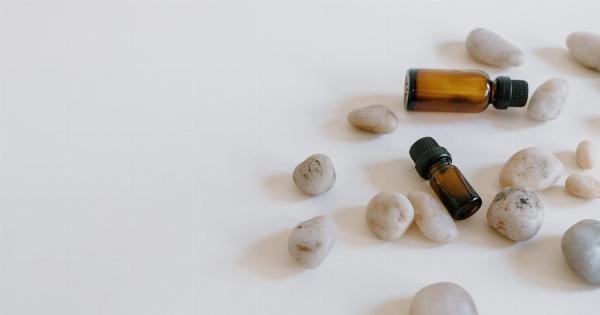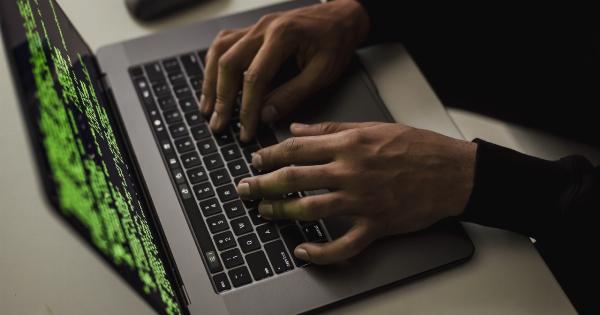Anxiety is a common emotion that we all experience at some point in our lives. It can be triggered by various situations, such as a presentation at work, a difficult conversation, or even the uncertainty of the future.
While it is normal to feel anxious in certain situations, excessive anxiety can have a negative impact on our mental and physical health. It is important to have strategies in place to soothe anxiety when it arises, especially in emergency situations where rapid relief is needed.
In this article, we will explore three effective steps to promote calmness and mitigate anxiety during challenging times.
Step 1: Deep Breathing Exercises
Deep breathing exercises are a simple yet powerful technique to alleviate anxiety and induce a state of relaxation. When we are anxious, our breathing tends to become shallow and rapid, which further exacerbates our feelings of unease.
By consciously practicing deep breathing, we can activate our body’s relaxation response and reduce the intensity of our anxiety.
To perform deep breathing exercises, find a comfortable place to sit or lie down. Close your eyes and take a slow, deep breath in through your nose, allowing your diaphragm to fully expand. Feel your abdomen rise as you inhale.
Hold the breath for a few seconds, and then slowly exhale through your mouth, letting go of any tension or worry with each breath. Repeat this process several times, focusing on the sensation of your breath entering and leaving your body.
Step 2: Grounding Techniques
When anxiety strikes, it is common to feel disconnected from the present moment and overwhelmed by racing thoughts. Grounding techniques can help redirect our focus to the present and bring a sense of stability, reducing the intensity of our anxiety.
One effective grounding technique is known as the “5-4-3-2-1” exercise. Start by identifying five things you can see around you. It can be objects in your immediate surroundings or even the color of the walls.
Then, think about four things you can touch and physically feel. Pay attention to the texture and temperature of these objects. Next, identify three sounds you can hear, such as the chirping of birds or the hum of a fan. After that, mentally note two things you can smell.
It can be the aroma of coffee or the scent of flowers. Lastly, focus on one thing you can taste, such as a mint or a sip of water. This exercise helps anchor your thoughts in the present moment and provides an immediate sense of calm.
Step 3: Progressive Muscle Relaxation
Progressive muscle relaxation is a technique that involves tensing and relaxing different muscle groups to release physical tension and promote relaxation.
When we experience anxiety, our muscles tend to tighten, which often contributes to the overall sense of unease. By systematically tensing and then relaxing each muscle group, we can bring awareness to our bodily sensations and feel a profound sense of relaxation.
To practice progressive muscle relaxation, get into a comfortable position and close your eyes. Start by tensing the muscles in your forehead, squeezing tightly for a few seconds, and then release.
Move down to your jaw, clenching your teeth together and then letting go. Continue this pattern, working your way down through your neck, shoulders, arms, hands, chest, abdomen, hips, thighs, calves, and feet. Tense each muscle group for a few seconds, and then release, allowing the tension to melt away.
As you go through each muscle group, pay attention to the sensations of tension and relaxation, fully immersing yourself in the experience.
Conclusion
Anxiety is a challenging emotion that can greatly impact our well-being if left unaddressed.
By practicing these three simple yet effective steps – deep breathing exercises, grounding techniques, and progressive muscle relaxation – you can actively soothe anxiety in emergency situations. Remember, it is important to tailor these techniques to your preferences and needs. Discover what works best for you and incorporate these strategies into your daily routine.
With consistent practice, you will develop a greater sense of calm and resilience, enabling you to navigate anxiety-provoking situations with ease.






























